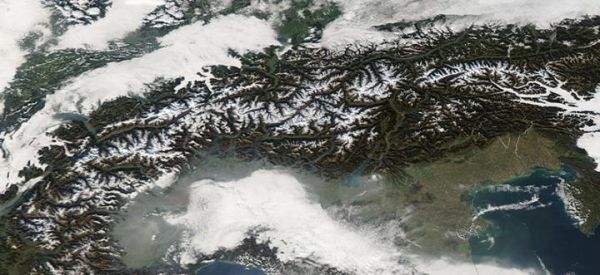The correlation between the high concentration of fine particles and the severity of influenza waves is well known to epidemiologists. An interdisciplinary team from the University of Geneva (UNIGE) and the ETH Zürich spin-off Meteodat investigated possible interactions between acutely elevated levels of fine particulate matter and the virulence of the coronavirus disease. Their results, published in the journal Earth Systems and Environment, suggest that high concentrations of particles less than 2.5 micrometers in size may modulate, or even amplify, the waves of SARS-CoV-2 contamination and explain in part the particular profile of the COVID-19 pandemic. The increase in fine particles is generally favored by air temperature inversions, characterized by fog situations, or by Saharan dust intrusions. The study provides preventive measures related to air pollution to limit future outbreaks of morbidity and mortality due to the coronavirus.
Epidemiologists widely agree that there is a correlation between acute and locally elevated concentrations of fine particles and the severity of influenza waves. «We have investigated whether such a link also exists with the virulence of COVID-19 disease,» says Mario Rohrer, researcher at the Institute for Environmental Sciences of the Faculty of Sciences of UNIGE and director of Meteodat.
A surprising time lag
COVID-19 studies conducted in Italy and France suggest that SARS-CoV-2 was already present in Europe at the end of 2019, while the sharp increase in morbidity and mortality was only recorded in spring 2020 in Paris and London. «This time lag is surprising, but also suggests that something else than just the mere interaction of people may promote the transmission of the virus, and particularly the severity of the infection,» says Mario Rohrer. His research team has been able to show that these increases in cases followed phases where the levels of fine particles in the air were higher.
Read more at Université de Genève
Image: From October to March, large parts of the Swiss Plateau and the Po-Plain may be covered by fog or haze. Such thermal inversions act like a cap and are trapping fine particulate matter that increases to excessive values below the inversion layer. This can aggravate the consequences of COVID-19. (Credit: © NASA-OB-DAAC, AQUA - MODIS-Satellite)


